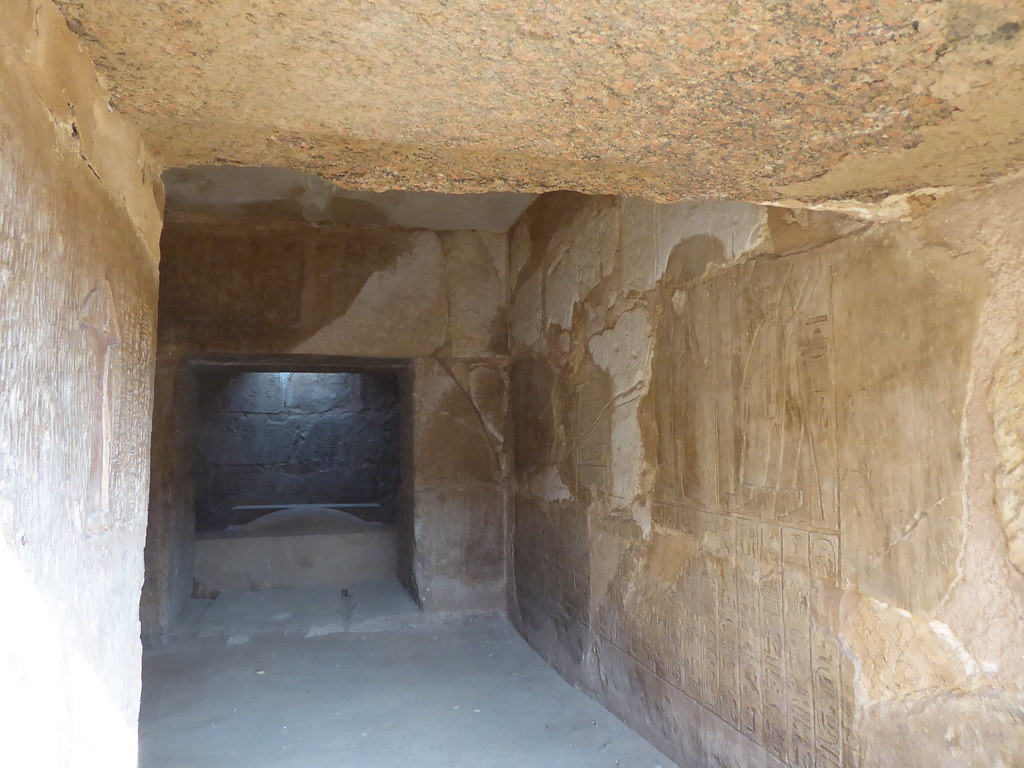Egypt is synonymous with ancient wonders, from the towering pyramids to the enigmatic Sphinx. However, beneath the sands of time lie some of the most fascinating treasures: the tombs of the ancient pharaohs, nobles, and commoners. These burial sites, scattered throughout Egypt, offer invaluable insight into the civilization’s beliefs, art, and daily life. Visiting these tombs provides a unique window into the past for history buffs, archaeologists, and travelers alike. This listicle explores some of the most iconic and historically significant ancient Egyptian tomb sites.
Table of Contents
Toggle1. The Valley of the Kings
Overview
One of the most famous archaeological sites in the world, the Valley of the Kings is home to the tombs of many of Egypt’s most powerful pharaohs. Located on the west bank of the Nile near Luxor, this vast cemetery contains over 60 tombs, including that of the famous boy king, Tutankhamun.
Significance
The Valley of the Kings was the primary burial site for the New Kingdom’s pharaohs (1550-1070 BCE). It was chosen for its seclusion and proximity to Thebes, Egypt’s religious center. The tombs were meant to ensure the kings’ safe passage to the afterlife, and they were filled with artifacts, treasures, and intricate wall carvings depicting their journey.
Notable Tombs
- Tomb of Tutankhamun (KV62): Discovered by Howard Carter in 1922, this tomb gained worldwide fame for its treasures, including the iconic golden mask.
- Tomb of Ramses VI (KV9): Known for its vivid and detailed wall paintings, including the depiction of the Book of Gates and the Book of Caverns.
- Tomb of Seti I (KV17): One of the longest and most decorated tombs, Seti I’s resting place is adorned with colorful and intricate hieroglyphs.
Visitor Information
Guided tours give insight into the history and significance of these tombs, but not all are open to the public at any given time. Check ahead for schedules and special permits.
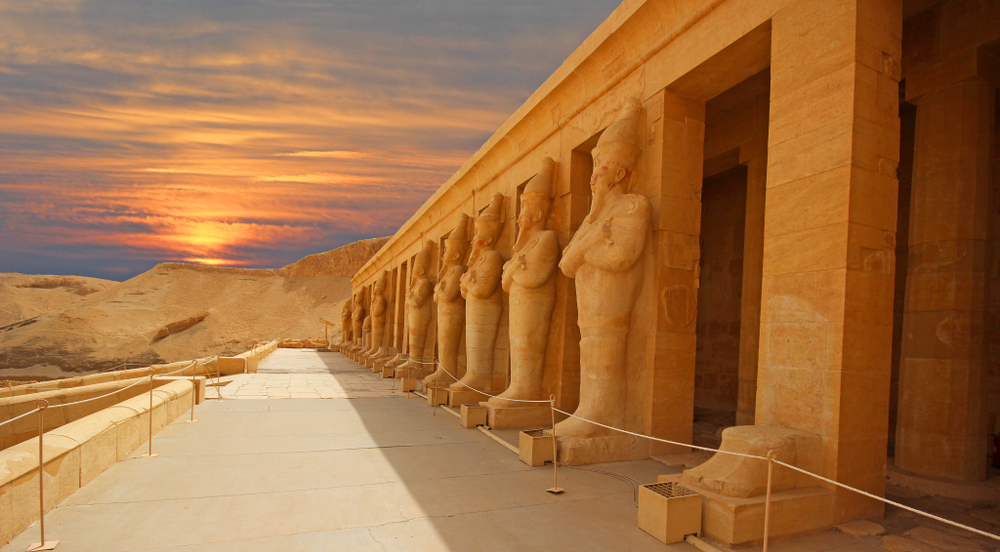
2. The Valley of the Queens
Overview
While the Valley of the Kings was reserved for pharaohs, their wives and children were often buried close to the Valley of the Queens. This site is located south of the Valley of the Kings and contains over 90 tombs.
Significance
The Valley of the Queens was used primarily during the 18th, 19th, and 20th dynasties (1292–1070 BCE). The tombs here are generally smaller and less grand than those of the kings. However, they are still incredibly significant, with beautifully preserved wall paintings that offer insight into royal life.
Notable Tombs
- Tomb of Queen Nefertari (QV66): Often called “the Sistine Chapel of Ancient Egypt,” the tomb of Ramses II’s beloved queen is renowned for its vivid, colorful depictions of Nefertari’s journey through the afterlife.
- Tomb of Prince Amunherkhepshef (QV55): This tomb is known for its well-preserved artwork, which depicts Ramses III’s son with vivid scenes of the afterlife.
Visitor Information
The tomb of Queen Nefertari is occasionally open to the public but requires a special permit due to its fragile condition. It’s a must-see for those who appreciate ancient art and royal history.
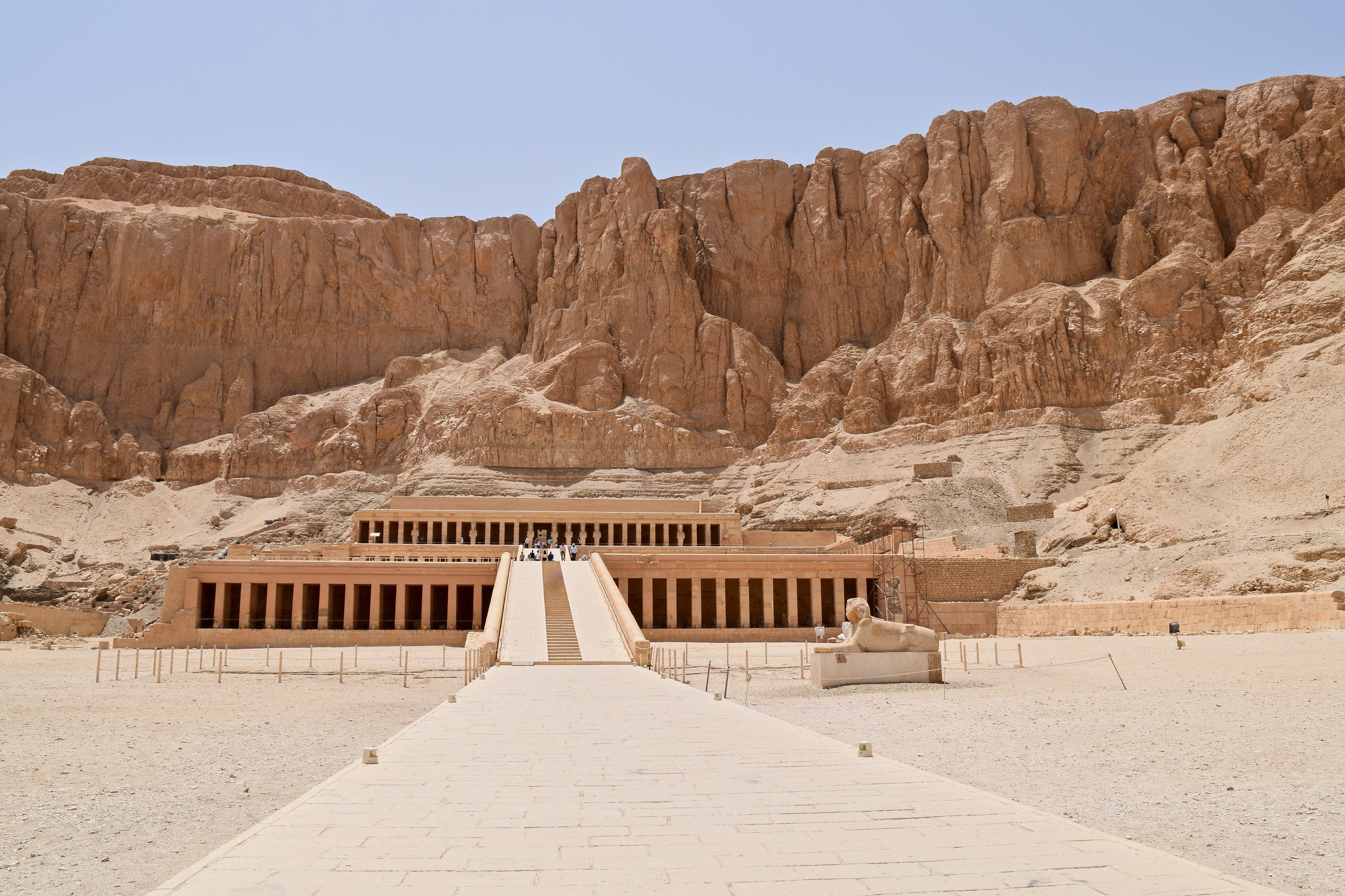
3. Saqqara Necropolis
Overview
Saqqara is one of Egypt’s most important ancient burial grounds, about 30 kilometers south of modern Cairo. It is the necropolis for the ancient Egyptian capital of Memphis and is home to the Step Pyramid of Djoser, the oldest stone pyramid in Egypt.
Significance
Saqqara is notable for its extensive history, spanning over 3,000 years. It was the final resting place for kings, nobles, and high officials from Egypt’s earliest dynasties, making it a valuable resource for understanding Egypt’s architectural evolution and funerary practices.
Notable Tombs
- Step Pyramid of Djoser: Designed by the architect Imhotep for Pharaoh Djoser, this pyramid marks a significant leap in architectural innovation, transitioning from traditional mastabas to monumental stone structures.
- Tomb of Ti: A richly decorated tomb belonging to a nobleman from the 5th Dynasty, its walls are adorned with vibrant depictions of daily life, including farming, fishing, and religious rituals.
- Tomb of Mereruka: This vast tomb, belonging to a vizier, contains more than 30 rooms and is famed for its detailed carvings and scenes of life in ancient Egypt.
Visitor Information
Saqqara, which encompasses many tombs, temples, and pyramids, can be explored over several days. Guided tours provide context and help visitors navigate this sprawling site.
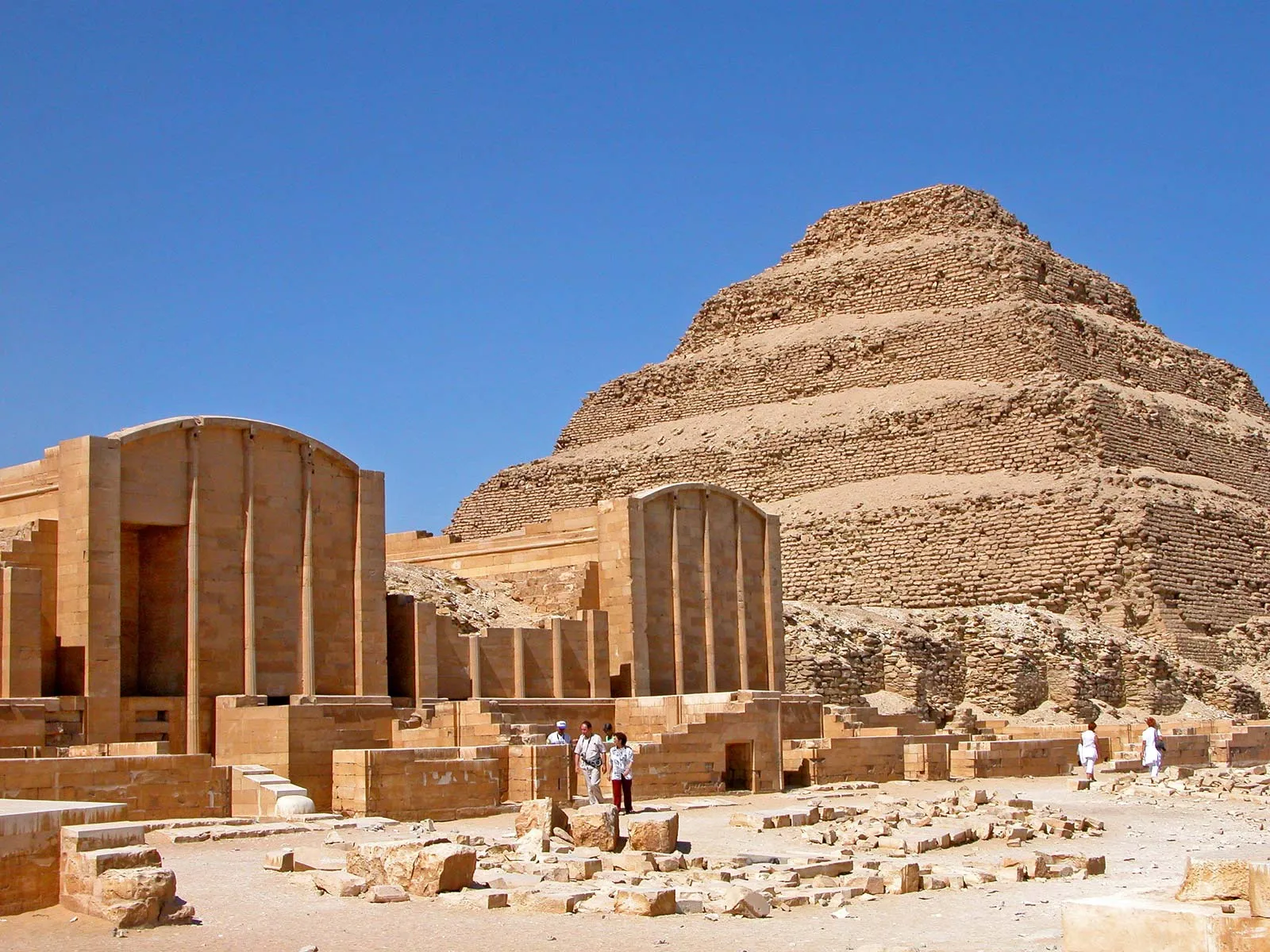
4. The Tombs of the Nobles (Aswan)
Overview
Located in the hills above Aswan, the Tombs of the Nobles offer a glimpse into the lives of Egypt’s elite. These tombs were the burial places of high-ranking officials, priests, and governors from the Old and Middle Kingdoms.
Significance
Unlike the tombs of the pharaohs, which were grand and filled with treasures, the nobles’ tombs are notable for their intimate and detailed wall carvings. These tombs provide a unique perspective on daily life, depicting scenes of hunting, fishing, agriculture, and religious ceremonies.
Notable Tombs
- Tomb of Harkhuf: Harkhuf was a governor of Upper Egypt during the 6th Dynasty. His tomb contains inscriptions detailing his expeditions to Nubia and interactions with the pharaoh.
- Tomb of Sarenput II: This tomb from the Middle Kingdom is known for its vivid depictions of Sarenput’s life, with scenes of him receiving tribute and engaging in religious rituals.
Visitor Information
Visitors to Aswan can reach the tombs via a short boat ride across the Nile, followed by a hike up the hill. The views of the Nile and the surrounding landscape from the tombs are breathtaking.
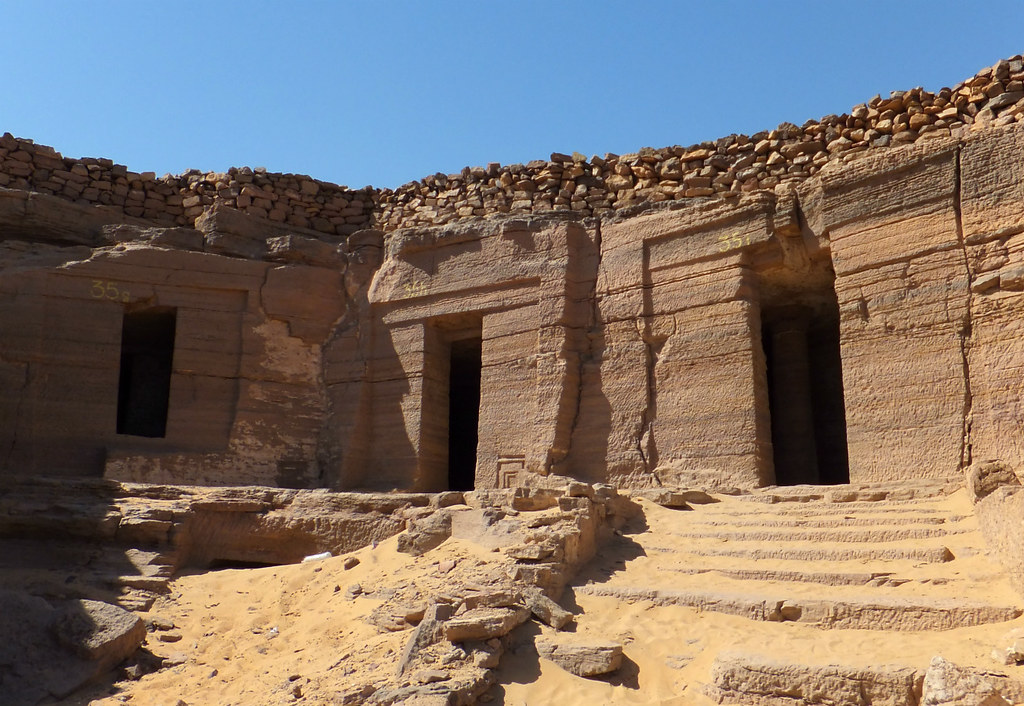
5. Abydos
Overview
Abydos is one of the most significant religious sites in ancient Egypt. It is located in Upper Egypt near the town of Sohag. It was considered a sacred site because it was believed to be the burial place of the god Osiris, ruler of the underworld.
Significance
Abydos is home to a vast cemetery that spans several dynasties. The tombs and temples here were devoted to Osiris, and many ancient Egyptians made pilgrimages to the site to pay their respects. It is also where some of the earliest kings of Egypt were buried, including those from the Pre-dynastic period.
Notable Tombs
- Temple of Seti I: This beautifully preserved temple is filled with intricate carvings and reliefs that depict the pharaoh’s relationship with the gods. It also contains the Abydos King List, a chronological list of Egypt’s kings.
- Osireion: This ancient subterranean structure behind the Temple of Seti I was dedicated to Osiris. Its purpose remains mysterious, though it is believed to be a symbolic tomb for the god.
Visitor Information
Abydos is a bit off the beaten path but is well worth visiting for its religious significance and well-preserved artwork. Many tours to Abydos also include a stop at the nearby Dendera Temple complex.
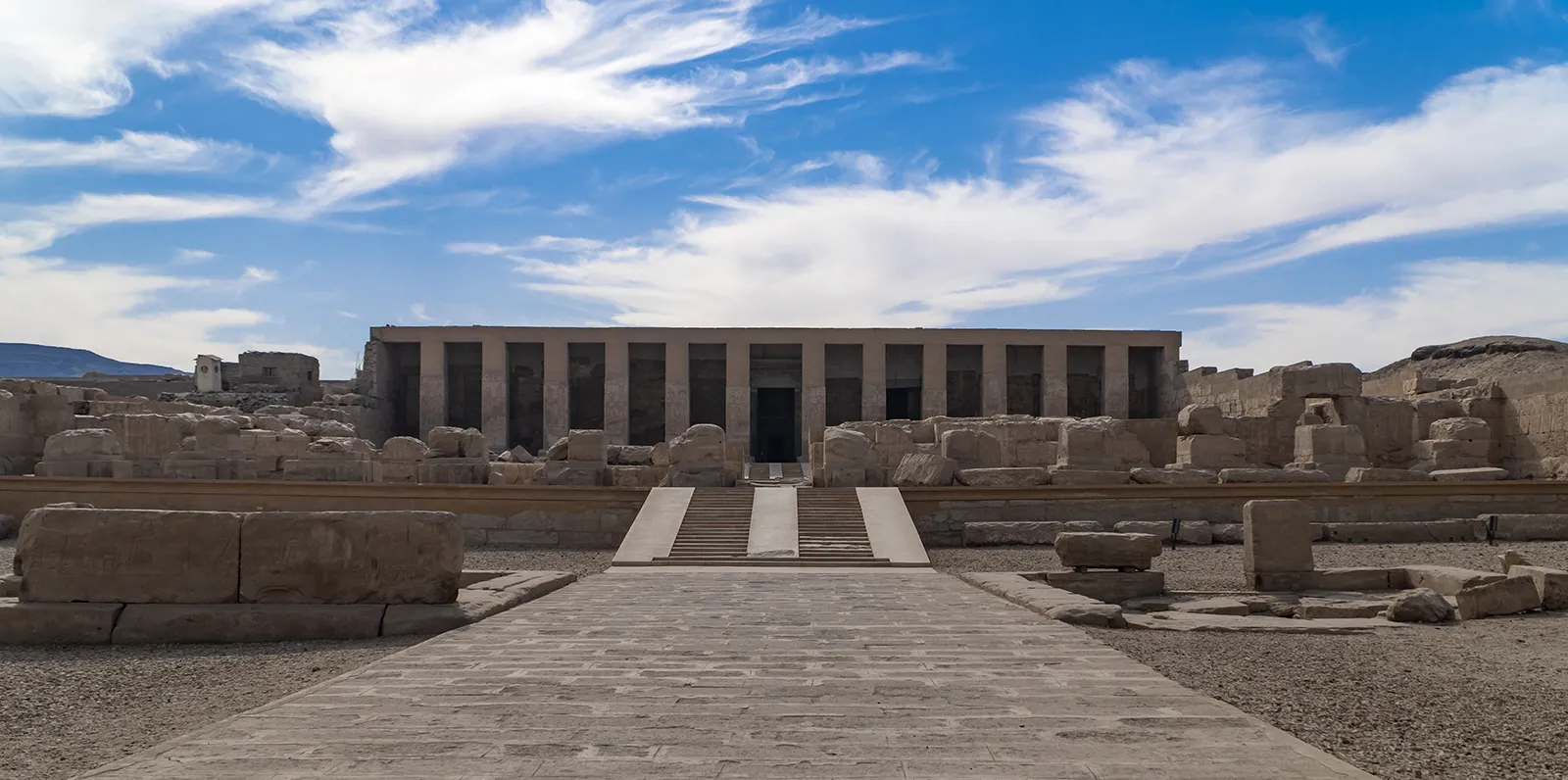
6. Deir el-Medina
Overview
Deir el-Medina was where the workers and artisans who constructed the tombs in the Valley of the Kings and the Valley of the Queens lived. Located on the west bank of the Nile near Luxor, this site offers a rare glimpse into the lives of those who constructed the tombs of the pharaohs.
Significance
The tombs at Deir el-Medina are minor but highly detailed, reflecting the skilled craftsmanship of those who lived here. These workers were entrusted with creating the royal tombs, and their burial sites were decorated with scenes of daily life, religious rituals, and their beliefs about the afterlife.
Notable Tombs
- Tomb of Sennedjem: A beautifully painted tomb of an artisan who lived during the 19th Dynasty. The walls are adorned with vivid scenes of Sennedjem and his wife in the afterlife, surrounded by gods and lush landscapes.
- Tomb of Inherkhau: Another tomb belonging to a supervisor of the workers features detailed depictions of the workers’ tasks and their devotion to the gods.
Visitor Information
Deir el-Medina is easily accessible from Luxor and offers a more intimate and personal view of ancient Egyptian life. Visitors can explore the workers’ village and their tombs.

7. The Pyramid of Unas (Saqqara)
Overview
Though smaller than the more famous pyramids of Giza, the Pyramid of Unas at Saqqara is significant for its inscriptions of the Pyramid Texts, the oldest known religious writings.
Significance
Built for Pharaoh Unas of the 5th Dynasty, the pyramid is one of the earliest to contain the Pyramid Texts—spells and incantations designed to protect the king in the afterlife. These texts provide crucial insight into ancient Egyptian religious beliefs and the concept of the afterlife.
Notable Tombs
The pyramid is small and heavily eroded, but the interior chambers contain some of the best-preserved examples of Pyramid Texts, written in delicate hierog.
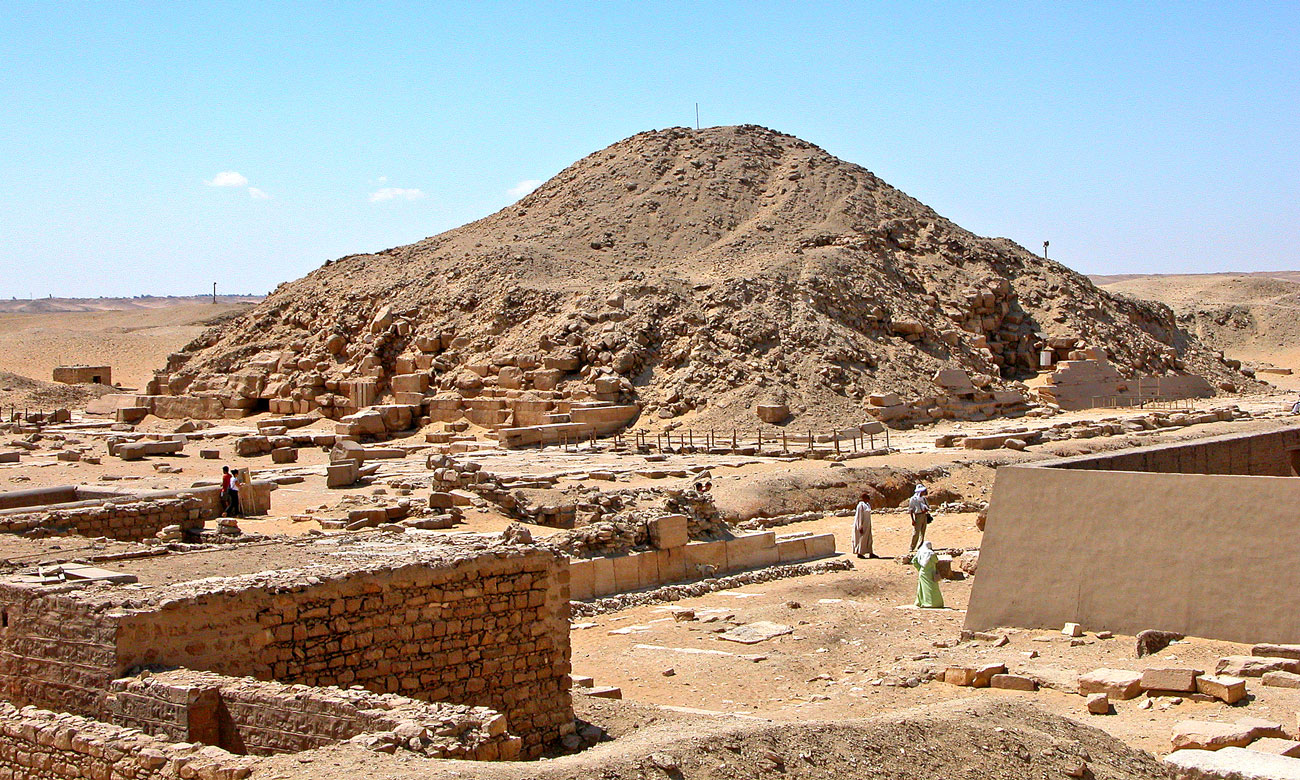
8. The Mastaba Tombs at Giza
Overview
In addition to the world-famous pyramids, the Giza Plateau is home to several mastaba tombs belonging to nobles and officials from the Old Kingdom. These flat-roofed, rectangular tombs predate the pyramids and provide a different glimpse into ancient Egyptian burial practices.
Significance
Mastabas were early forms of tomb architecture, later giving way to pyramids. They were suited as the final resting places for high-ranking officials and were often richly decorated with scenes of the deceased’s life, offerings, and rituals. These tombs demonstrate the social hierarchy in ancient Egypt, with the elite usually placed near their pharaohs.
Notable Tombs
Tomb of Meresankh III: This well-preserved tomb is known for its vivid wall carvings depicting Meresankh’s life and status as a royal princess. The detailed scenes include offerings, servants, and religious ceremonies.
– Tomb of Khufukhaf I: The tomb of a nobleman associated with Pharaoh Khufu, the builder of the Great Pyramid, contains elaborate reliefs of the deceased with his family and in ritual contexts.
Visitor Information
The grandeur of the pyramids often overshadows Giza’s mastaba tombs, but they offer a more personal and intimate look at daily life and beliefs during the Old Kingdom. Many tours include these tombs alongside the more famous monuments.
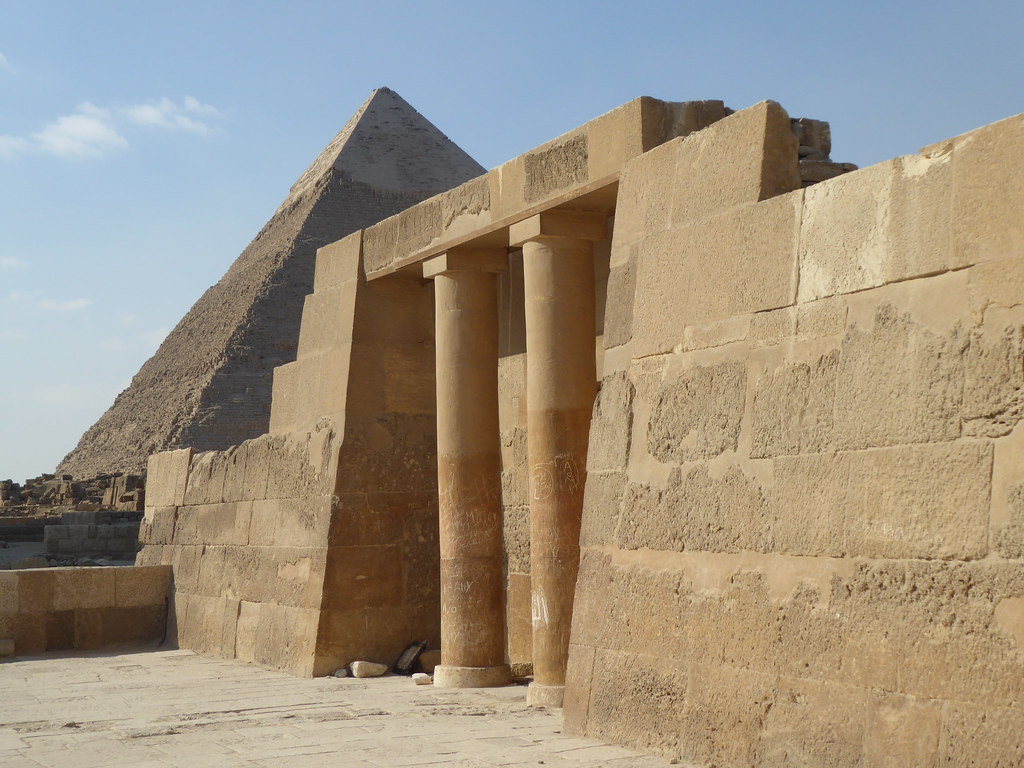
9. The Tombs of Beni Hasan
Overview
Beni Hasan, located on the east bank of the Nile near Minya, is home to a series of rock-cut tombs that date to the Middle Kingdom (c. 2055–1650 BCE). The tombs were built for local governors and officials and are known for their unique architectural style and intricate wall paintings.
Significance
The tombs at Beni Hasan provide a glimpse into the lives of Egypt’s provincial elites during the Middle Kingdom. Unlike the grand royal tombs of the New Kingdom, these are more modest in scale but highly decorated with scenes of daily life, hunting, and religious rituals.
Notable Tombs
– Tomb of Khnumhotep II: One of the most beautifully decorated tombs at Beni Hasan, this site features vivid depictions of hunting, wrestling, and offering scenes, offering a glimpse into the wealth and status of the tomb’s owner.
The Tomb of Amenemhat is known for its unusual architectural features, including a portico with columns. This tomb also has colorful murals of agricultural activities, such as harvesting and fishing.
Visitor Information
The tombs at Beni Hasan require some effort to reach, as they are located in a remote area of Middle Egypt. However, the journey is well worth it for those interested in Middle Kingdom history and provincial life.
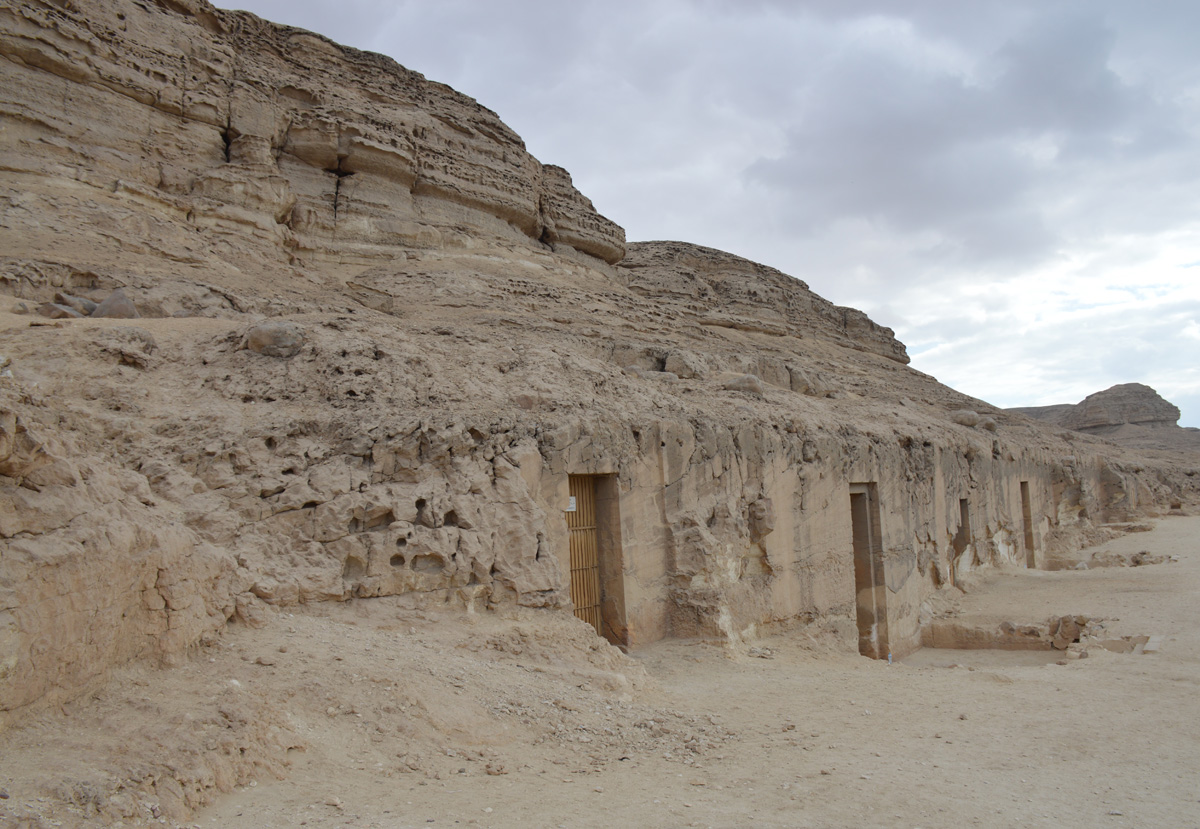
10. The Tomb of Psusennes I (Tanis)
Overview
Tanis, located in the Nile Delta, is often called the “lost city of the pharaohs” and was the capital of Egypt in the 21 and 22 dynasties. The site contains several royal tombs, including that of Psusennes I, a lesser-known but historically significant pharaoh.
Significance
Archaeologist Pierre Montet discovered the tomb of Psusennes I intact in 1940. Though overshadowed by the discovery of Tutankhamun’s tomb, Psusennes’ burial chamber contained incredible treasures, including a solid silver coffin, gold masks, and jewelry, providing insight into the wealth and artistry of the period.
Notable Finds
– Solid Silver Coffin: The silver coffin of Psusennes I is a unique find in ancient Egyptian archaeology, as silver was rarer and more valuable than gold in ancient Egypt.
– Golden Mask of Psusennes: Similar to Tutankhamun’s mask, Psusennes’ funerary mask is a stunning example of ancient goldwork, crafted with exquisite detail.
Visitor Information
While the tomb of Psusennes I is no longer intact, many artifacts are displayed at the Egyptian Museum in Cairo, making it a must-visit for those interested in the lesser-known periods of Egyptian history.
